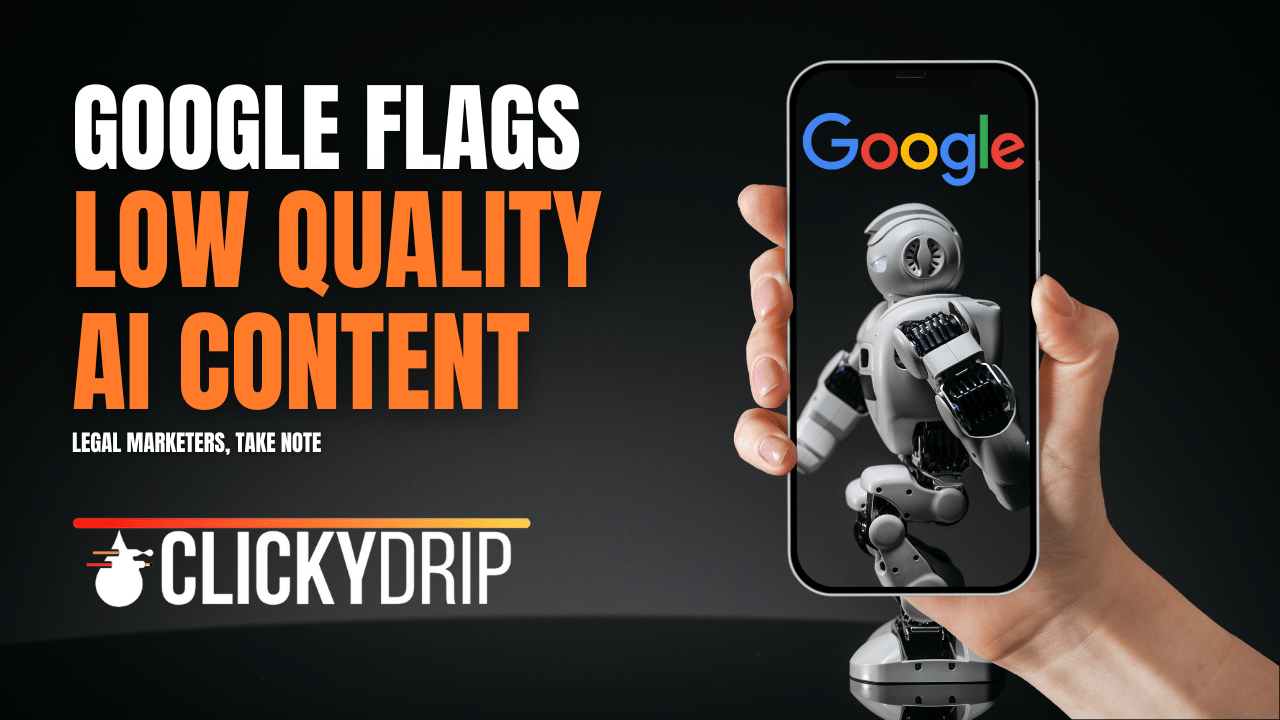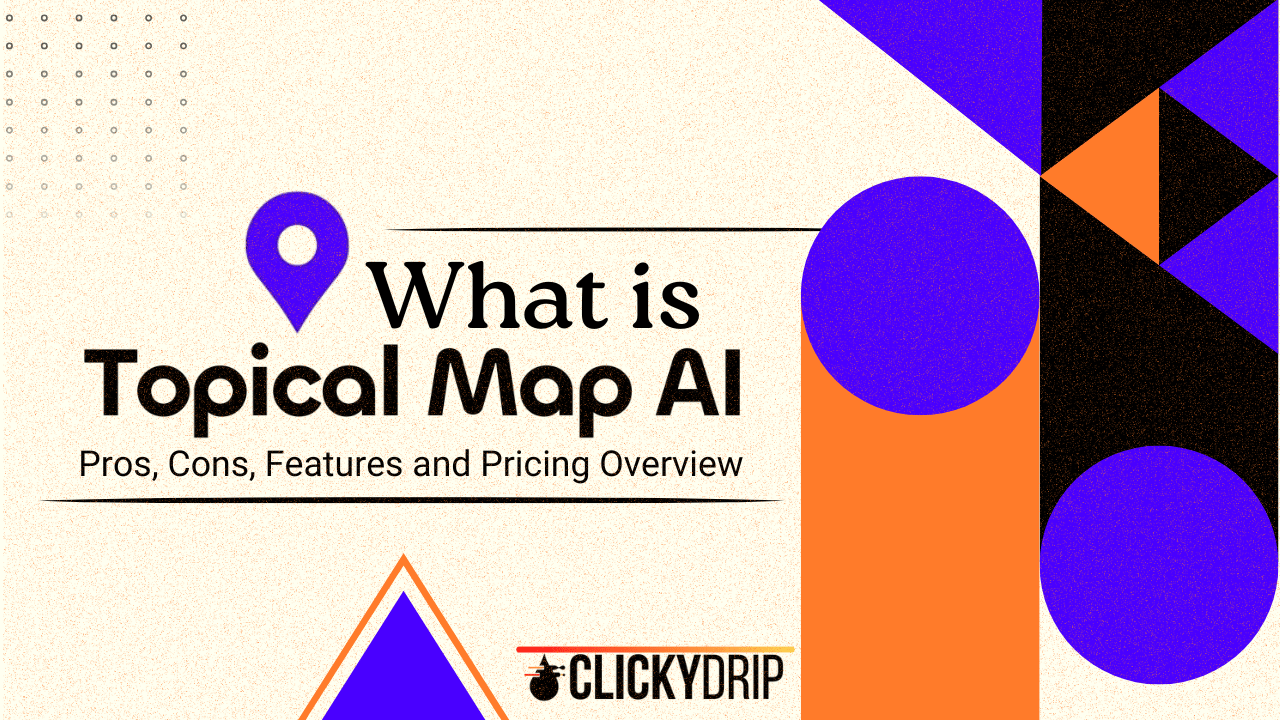Google has quietly updated its Search Quality Rater Guidelines (QRGs), and the changes are raising red flags for legal marketers. Pages filled with content generated using little effort or originality, especially content made with AI, are now at risk of being rated as “lowest quality” by Google’s human evaluators.
This shift doesn’t mean AI is off-limits, but it does mean law firms and agencies will need to think twice before relying too heavily on automation to churn out blogs, videos, or templated pages.
The update to Google’s guidelines comes at a time when broader digital trends are shifting. For example, Digital Ad Growth Slows as Market Matures, Says eMarketer highlights how the industry is recalibrating its expectations.
The Guideline That’s Causing a Stir
The update to Section 4.6.6 of the QRGs reads:
“The Lowest rating applies if all or almost all of the MC [Main Content] on the page (including text, images, audio, videos, etc.) is copied, paraphrased, embedded, auto or AI generated, or reposted from other sources with little to no effort, little to no originality, and little to no added value for visitors to the website.”
The change didn’t gain much attention at first. But when Aleyda Solis, founder of SEOFOMO, highlighted it at Search Central Madrid, it became clear just how significant it could be for marketing teams in high-trust industries like law.
According to Lauren Sears, SEO Strategist, the message is simple: “If your firm’s content… is being generated with minimal effort or originality, including relying too heavily on AI content… it could be flagged as low quality and devalued in search results.”
Why It Matters to Legal Marketing Teams
For firms aiming to scale their content quickly, this is a direct warning. Google’s guidelines don’t just target AI-generated text. They apply to any kind of content created without originality or intent. That includes:
- Blogs written entirely by AI, with no human edits or legal nuance
- Videos using avatars with scripted templates and little added insight
- Infographics or visuals made through third-party tools without brand relevance
- Practice area pages rolled out across multiple cities with only slight variations
These tactics might save time, but they also run the risk of being seen as low-value. Google’s raters are now looking more closely at whether real effort has gone into creating something genuinely helpful.
If you are interested in how
AI Isn’t the Marketing Enemy
Despite the stricter language in the guidelines, Google isn’t banning AI outright. It’s calling out lazy content (and rightfully so in our opinion). When used thoughtfully, AI can still support your workflow. Teams are using it to brainstorm article ideas, build page outlines, generate email subject lines, and turn long blogs into short snippets.
But relying on AI to do all the heavy lifting? That’s where the risk creeps in.
Sears puts it plainly: “The stakes are too high to gamble your firm’s visibility, pipeline, and growth on unknown factors.”
This isn’t the first time AI has stirred conversation in marketing circles. If you’re exploring how AI is reshaping workflows, check out How Agentic AI in Marketing Is Changing the Way Work Gets Done.
Avoiding the Drop in Rankings
To stay on the right side of Google’s evolving standards, marketing teams need to put proper checks in place. That means:
- Documenting your content creation process
- Using a checklist to confirm originality, accuracy, and user value
- Fact-checking any AI-generated content before publishing
- Testing content performance with AI-optimisation tools like Originality.AI, CopyLeaks, SurferSEO, or Clearscope
This kind of structure doesn’t stifle creativity. It helps you avoid costly mistakes while still moving fast.
As marketers race to meet growing demand for smart content, some brands are leaning on AI for creative execution. For inspiration, see 12 Examples of How Top Brands Are Using AI Advertising.
A Wake-Up Call for Legal Content Strategy
The pressure to produce more content, more often, isn’t going away. But if you’re publishing content that sounds like every other firm in your area, or worse, content that sounds like it came straight from an AI prompt, you could be doing more harm than good. Marketers looking to understand younger audience preferences should also read Gen Z’s Love for Premium Content Goes Far Beyond TikTok, which explores why quality and authenticity still matter… even on the fastest-moving social media platforms.
Overall, Google’s made its stance very clear. Helpful, original, and experience-backed content isn’t optional. It’s the baseline.
For marketers, the challenge now is to strike the balance: blending automation where it fits, but never letting it dilute the value of your voice, your expertise, or your strategy.




